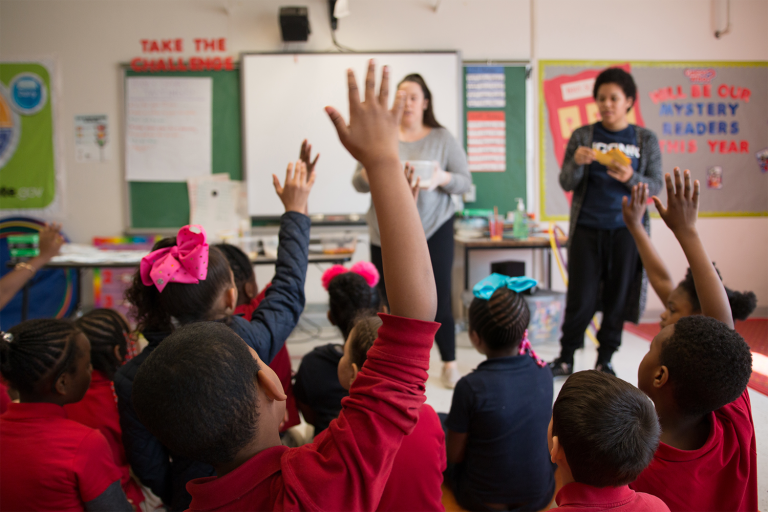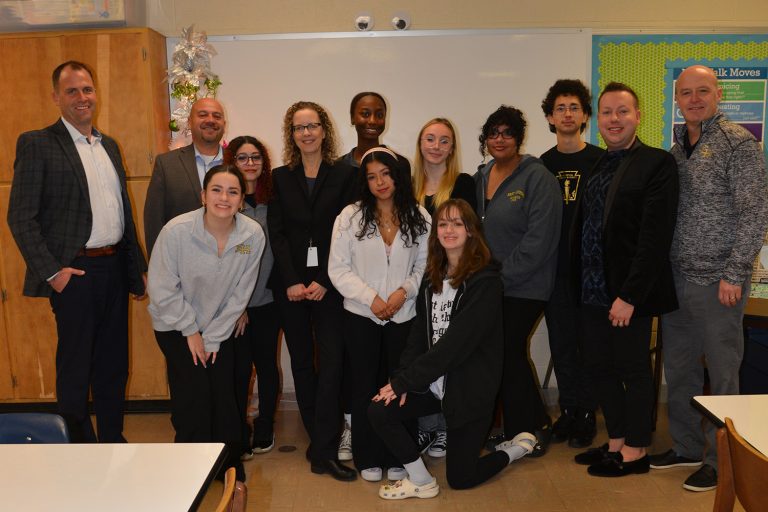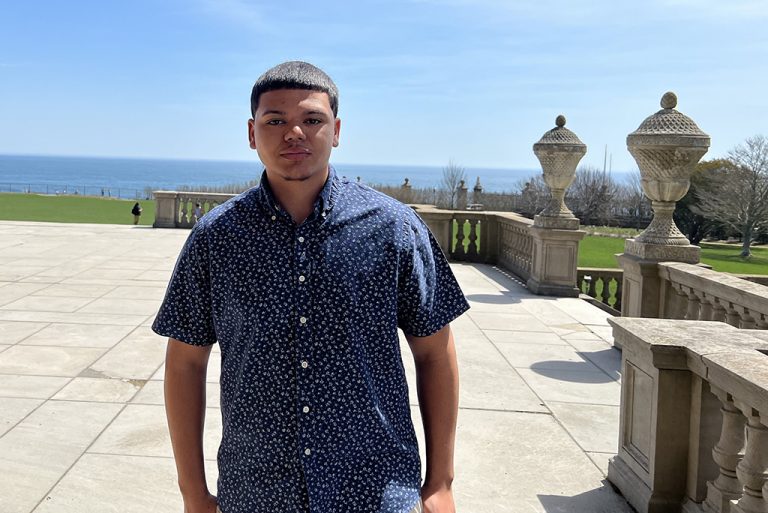UConn Husky Nutrition & Sport, a merger of two SNAP-Ed programs, launches new website and sets high goals for its next phase of community and campus engagement
The newly combined Husky Programs will continue promoting healthy lifestyles for SNAP recipients throughout the state.
More than 350 students from 21 partner schools were enrolled in the Neag School’s ECE courses in 2022-2023, an increase from 201 students in five districts the year before.
“I chose UConn initially because of a campus tour that I had during my senior year of high school. During this tour I had a presenter who really convinced me that I wanted to study Sport Management here at UConn through his passion for the topic and the attention to detail he demonstrated through his presentation.”



